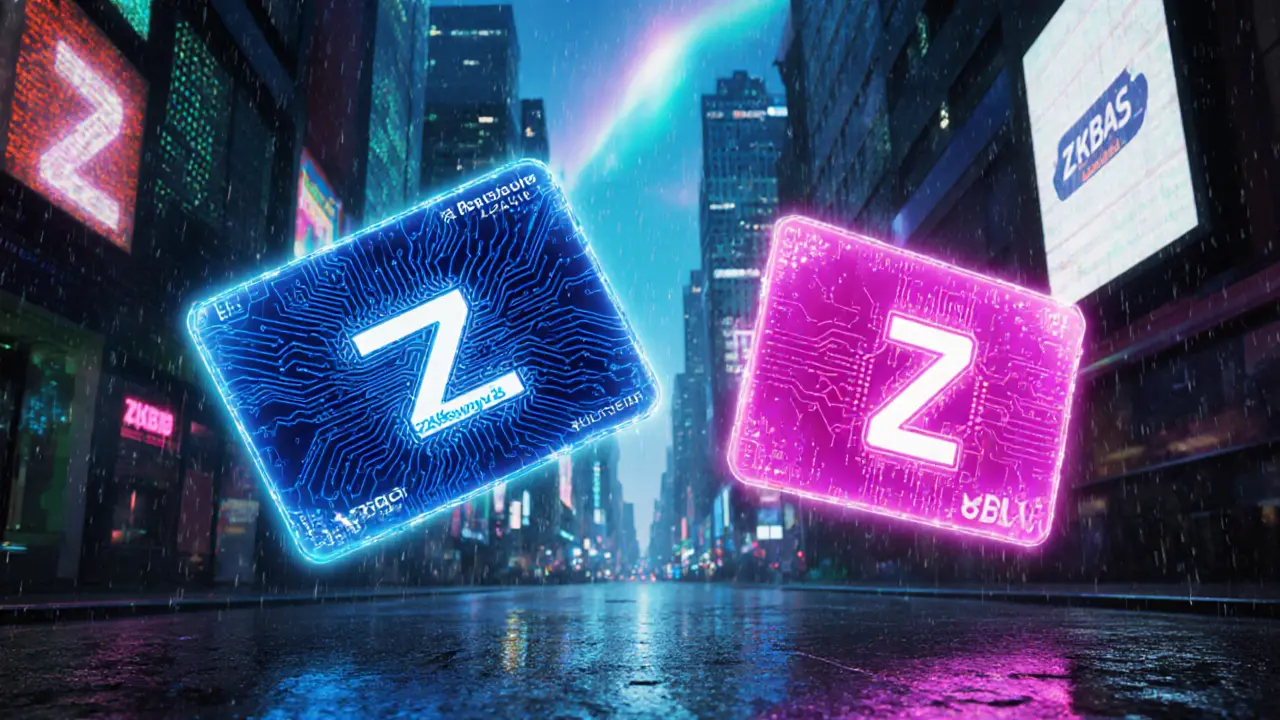
ZKS token – Features, Tech, and Market Insights
When working with ZKS token, the native utility token of the zkSync Layer 2 network. Also known as zkSync token, it powers transaction fees, staking rewards, and governance on the platform. If you’re curious about ZKS token, you’re in the right place. This guide breaks down what makes it tick, why developers choose zkSync, and how the token fits into the broader Ethereum ecosystem.
The core engine behind ZKS is zkSync, a scalable, low‑fee Layer 2 solution built on zkRollup technology. zkSync’s design lets it bundle thousands of transactions into a single proof, which the Ethereum mainnet then validates. That proof‑generation step is called a zkRollup, a cryptographic technique that compresses data while preserving security. By using zkRollup, zkSync achieves near‑instant finality and gas costs that are a fraction of on‑chain fees.
Because zkRollup sits on top of Ethereum, the world’s leading smart‑contract platform, ZKS token holders benefit from Ethereum’s security guarantees while enjoying faster, cheaper transactions. This Layer 2 relationship creates a feedback loop: lower fees attract more users, which drives higher demand for ZKS in staking and governance, which in turn supports network upgrades.
DeFi projects love this setup. Many yield farms and liquidity pools on zkSync reward participants in ZKS, turning the token into a key incentive layer. Airdrop campaigns also use ZKS to bootstrap community participation—think of the recent Creator Platform (CTR) and CRDT airdrops that rewarded early adopters with native tokens. Those examples show how ZKS serves both as a utility and a community‑building tool.
From a tokenomics perspective, ZKS has a fixed supply, a portion allocated to ecosystem growth, and a staking mechanism that locks tokens to secure the network. Stakers earn a share of transaction fees, which creates a direct link between network usage and token value. This alignment mirrors the patterns you see in other Layer 2 tokens, where utility and scarcity drive price dynamics.
All of these pieces—zkSync’s zkRollup engine, Ethereum’s security backbone, DeFi incentives, and airdrop opportunities—form a cohesive picture of why ZKS matters today. Below you’ll find articles that dive deeper into each aspect, from technical breakdowns to market analysis and practical how‑tos. Keep scrolling to explore the full collection of insights and start making the most of ZKS token in your crypto journey.




